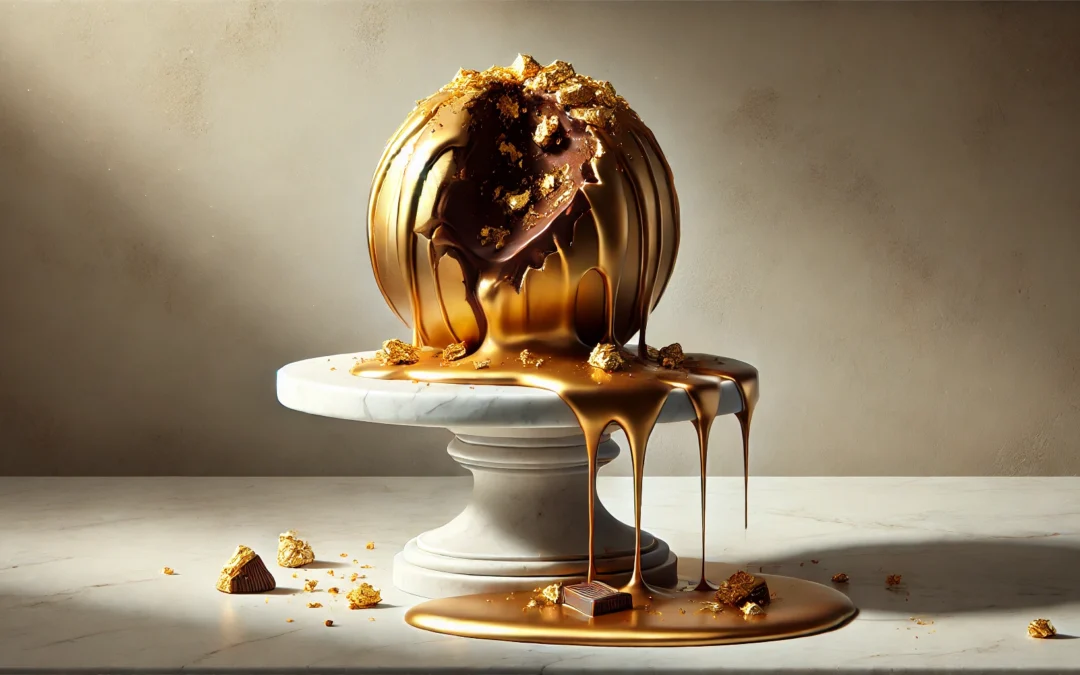Imagine sinking into a plush velvet chair with a rich slice of chocolate cake in front of you. It’s a moment of pure indulgence, where calories and responsibilities take a backseat. This sense of luxury and excess, where we allow ourselves to enjoy beyond the basic needs, is what decadence is all about. Decadence can be found in everyday moments, like savoring an expensive cup of coffee or spending a lazy afternoon in a luxurious spa. It’s those little experiences that make us feel pampered and special, giving us a break from the ordinary.
Throughout history, decadence has shown up in many forms, from the lavish parties of the Roaring Twenties to the extravagant fashions of the 18th-century French court. Today, it might appear as a weekend getaway to a fancy resort or a splurge on a gourmet meal. These experiences highlight our desire to enjoy life’s pleasures to the fullest. In this article, we’ll explore 20 examples of decadence that capture the essence of living luxuriously, reminding us that sometimes it’s okay to indulge and enjoy life’s finer things.
Understanding Decadence
Decadence is a term that carries rich historical and cultural significance, often used to describe a state of moral or cultural decline characterized by excessive indulgence in pleasure or luxury. Originally derived from the Latin word “decadentia,” which means “falling away” or “decline,” decadence has been employed in various contexts, from literature and art to social and political commentary.
In a cultural and artistic sense, decadence is often associated with a period of decline that follows a peak of achievement. During such times, societies might experience a deterioration in values and standards, leading to an overemphasis on hedonism and superficiality. This concept was famously explored in the late 19th and early 20th centuries, particularly within the Decadent movement in literature and art. Writers and artists like Oscar Wilde and Aubrey Beardsley embraced this theme, highlighting the beauty in decay and the allure of the extravagant and the artificial.
From a societal perspective, decadence can manifest as a decline in moral values and social cohesion, often accompanied by a focus on self-indulgence and materialism. This can lead to a neglect of civic duty, ethical standards, and long-term prosperity in favor of short-term gratification and excess.
In contemporary usage, the term decadence is frequently used to describe luxurious lifestyles or behaviors that prioritize excess and opulence over moderation and restraint. It often carries a negative connotation, suggesting a lack of discipline and a potential for societal or personal downfall.
Key Examples of Decadence
Decadence is all about indulgence, luxury, and living life beyond necessity – where extravagance and self-expression take center stage. From historical milestones to modern-day splurges, these examples showcase moments when societies and individuals embraced the allure of excess.
1. The Fall of the Roman Empire
The Roman Empire’s decline is a classic example of decadence. Lavish spending on entertainment, like gladiator games and opulent feasts, marked its final years. The empire’s leaders focused more on personal luxury and indulgence than on governance, leading to its eventual fall.
2. The Roaring Twenties
This era was marked by extravagant lifestyles and a focus on hedonism. Jazz music, speakeasies, and flapper fashion symbolized the decade’s spirit. People indulged in excess, partly as a reaction to the austerity of World War I, but this decadence paved the way for the Great Depression.
3. Marie Antoinette’s Court
The French court under Marie Antoinette is synonymous with decadence. Her lavish spending on clothes and parties, while the French populace struggled, highlighted a disconnect that fueled revolutionary sentiments. The phrase “Let them eat cake,” often (though incorrectly) attributed to her, captures this opulence.
4. Oscar Wilde’s Aestheticism
Oscar Wilde’s life and works epitomize the decadent movement of the late 19th century. Wilde’s philosophy of “art for art’s sake” celebrated beauty and sensory pleasure above all else. His novel “The Picture of Dorian Gray” explores themes of excess and moral decline.
5. Studio 54 in the 1970s
New York’s Studio 54 was a nightclub that became a symbol of hedonistic excess. Celebrities, artists, and socialites gathered there for nights of uninhibited partying. The club’s atmosphere was one of glamour and indulgence, embodying the decadence of the era.
6. The Fall of the Byzantine Empire
The Byzantine Empire’s decline is another historical example of decadence. Over time, internal corruption and focus on luxury weakened its structure. The empire’s leaders indulged in opulence, neglecting the needs of the state, leading to its eventual downfall.
7. The Decadent Art Movement
This late 19th-century movement celebrated art that was self-indulgent and focused on beauty over morality. Artists like Aubrey Beardsley created works that were ornate and sensuous. It was a reaction against the strict moralism of the Victorian era, emphasizing excess and pleasure.
8. Gatsby’s Parties in “The Great Gatsby”
F. Scott Fitzgerald’s novel captures the decadence of the Jazz Age. Jay Gatsby’s extravagant parties, filled with music, dancing, and luxury, are symbolic of the era’s excess. These parties, though glamorous, underscore the emptiness and moral decline beneath the surface.
9. The Decline of the Ottoman Empire
The Ottoman Empire’s last years were marked by a focus on luxury and personal gain among its leaders. The sultans indulged in lavish palaces and extravagant lifestyles, while the empire’s political and economic structures weakened, leading to its eventual collapse.
10. The Excess of Modern Consumerism
In today’s world, decadence can be seen in excessive consumerism. The relentless pursuit of material goods and luxury items, often beyond one’s means, reflects a modern form of decadence. This focus on consumption sometimes leads to environmental and social consequences.
11. The Court of Caligula
Emperor Caligula’s reign in ancient Rome is infamous for its extravagant excesses. Known for his erratic behavior, Caligula spent lavishly on luxurious banquets and bizarre spectacles. His focus on personal pleasure and power, often at the expense of the state’s well-being, exemplifies a classic case of decadence.
12. The Weimar Republic’s Cabaret Scene
In post-World War I Germany, the Weimar Republic became known for its vibrant, yet decadent nightlife. Cabarets flourished, offering provocative performances and a space for social experimentation. This period of cultural excess contrasted sharply with the economic hardships and political instability of the time.
13. Mughal Emperor Jahangir’s Court
The Mughal Empire under Emperor Jahangir saw a period of opulence and indulgence. Known for his love of art and luxury, Jahangir commissioned grand architectural projects and hosted elaborate feasts. His reign, while culturally rich, also highlighted the empire’s increasing focus on personal luxury over governance.
14. The Belle Époque in Paris
The Belle Époque, a period in late 19th and early 20th century France, was marked by cultural flourishing and indulgence. Paris became a hub for art, fashion, and entertainment, with grand theaters and cafes epitomizing the era’s elegance. Beneath this facade of prosperity lay social inequalities and tensions that would soon erupt.
15. The Sun King’s Versailles
Louis XIV, known as the Sun King, transformed Versailles into a symbol of absolute monarchy and decadence. The palace’s opulent architecture and gardens reflected the king’s desire for grandeur. Courtiers lived in luxury, while the common people bore the burden of heavy taxation, leading to growing discontent.
16. Ancient Egyptian Pharaohs’ Tombs
The grandeur of the pharaohs’ tombs in ancient Egypt showcases a form of decadence focused on the afterlife. Lavishly decorated with gold and treasures, these tombs were built to ensure the pharaohs’ comfort in the next world. This focus on eternal luxury often diverted resources from the living population.
17. The Spice Trade of the 16th Century
During the 16th century, European nations indulged in the spice trade, seeking exotic flavors and wealth. This pursuit led to voyages and colonization, driven by a desire for luxury goods. The excessive focus on acquiring spices, often at the expense of ethical considerations, highlights a form of economic decadence.
18. The Age of Excess in 1980s Wall Street
The 1980s saw a period of financial excess on Wall Street, characterized by aggressive trading and lavish lifestyles. This era, epitomized by the mantra “greed is good,” saw traders and executives indulging in luxury while engaging in risky financial practices. The resulting economic instability underscored the dangers of unchecked decadence.
19. The Decline of the Ming Dynasty
The Ming Dynasty’s final years were marked by internal corruption and extravagant spending. The emperors and their courts indulged in luxury, while neglecting the empire’s administration and defenses. This focus on personal pleasure over state affairs contributed to the dynasty’s eventual downfall.
20. The Opium Dens of 19th Century China
In the 19th century, opium dens in China became symbols of societal decay and decadence. The widespread addiction to opium, fueled by foreign trade, led to social and economic decline. These dens, offering an escape from reality, highlighted the destructive nature of indulgence and excess.
Decadence isn’t just something of the past – it’s alive in the ways we live and indulge today. In modern life, examples of decadence are woven into ordinary routines and the small luxuries we often take for granted. Whether it’s upgrading to the latest smartphone even when the old one works fine or spending a weekend binging on your favorite streaming service, these acts reflect how we prioritize comfort and pleasure over necessity. They’re moments when indulgence takes the front seat, and practicality is left behind.
Think about gourmet coffee shops. A single cup of artisanal coffee might cost more than a full meal elsewhere. Yet, people line up daily, seeking not just caffeine but the experience – the perfectly designed café, the carefully curated playlist, and the handcrafted latte art. It’s more than a drink; it’s a brief escape from the mundane, a reminder of life’s small pleasures.
Luxury fashion offers another glimpse of modern decadence. Designer bags, limited-edition sneakers, or high-end watches aren’t just accessories; they’re status symbols. For many, owning such items feels like an achievement, a reward for hard work. But they’re also a testament to how much value society places on the rare, the exclusive, and the unattainable.
Even entertainment reflects this sense of indulgence. Consider massive concerts with ticket prices that rival a month’s rent or the booming market for high-end vacations. Destinations like private villas or exclusive beach resorts cater to those seeking not just relaxation but an experience that feels out of the ordinary, even if only for a few days.
Food, too, has become a symbol of modern decadence. Beyond basic nutrition, we’ve turned meals into an event. Tasting menus at Michelin-starred restaurants, complete with wine pairings and exotic ingredients, are indulgent celebrations of culinary artistry. At home, specialty meal kits and exotic delivery options make it easy to bring luxury dining into daily life.
On a more personal level, modern decadence can even appear in the smallest comforts—like splurging on high-thread-count sheets, upgrading to a massage chair, or treating yourself to a spa day. These are ways we pamper ourselves, creating little islands of luxury in everyday existence.
Decadence today isn’t always about grand gestures. It often hides in plain sight, in the details of how we choose to spend time and money. From expensive hobbies like fine wine collecting to indulging in the convenience of same-day delivery for trivial purchases, it’s clear that modern life offers countless ways to embrace excess. While not always necessary, these moments remind us of our desire to feel special, to break away from the routine, and to enjoy life in ways that feel rewarding.
Positive vs. Negative Decadence: Finding Balance
Decadence, when approached wisely, can add richness and joy to life. A small indulgence—a special meal, a luxurious spa day, or a splurge on a concert – can create moments of happiness and help break up the monotony of daily routines. These are examples of positive decadence, where the act of treating yourself becomes a way to recharge and savor life’s pleasures without overstepping limits.
However, decadence becomes negative when it turns into overindulgence or a lifestyle that prioritizes excess over responsibility. Spending beyond your means to maintain a lavish image or relying on constant indulgence to escape deeper issues can lead to harm. Over time, this type of excess may cause financial strain, relationship conflicts, or even personal dissatisfaction.
The key is balance. Healthy indulgence means enjoying luxuries occasionally and mindfully. It’s about finding pleasure without letting it take over or harm other areas of your life. Here are some practical tips to help you embrace positive decadence while maintaining balance:
- Set Clear Limits
Decide how much you’re comfortable spending on non-essentials. A budget for occasional treats ensures indulgences feel special without leading to regret or debt. - Focus on Quality Over Quantity
Choose experiences or items that truly add value to your life. A single, well-planned vacation or a high-quality piece of clothing is often more rewarding than frequent but forgettable splurges. - Use Decadence as Motivation
Treat indulgence as a reward for achieving goals. Completing a major project or sticking to a fitness routine can feel even better when followed by something you’ve looked forward to, like a weekend getaway or a fancy dinner. - Practice Gratitude
Pause to appreciate the luxuries you enjoy. This helps you stay grounded and prevents the constant chase for “more.” Gratitude turns indulgence into a mindful, fulfilling experience. - Watch for Warning Signs
If indulgences start feeling like obligations or habits you can’t break, it’s time to reassess. Overspending, emotional reliance on luxuries, or neglecting important responsibilities are signs of negative decadence.
When balanced, decadence can be a source of inspiration and happiness. It reminds us to enjoy life’s beauty and comforts in moderation. Striking this balance is not just about avoiding harm; it’s about making indulgence a meaningful, thoughtful part of life. By practicing healthy indulgence, you can embrace the best of decadence without letting it control you.
Cultural Shifts and Their Impact on Modern Values
In recent years, cultural shifts have dramatically influenced how we perceive luxury and excess. What was once considered extravagant and opulent may now be viewed through a more critical lens. This change is driven by a variety of factors, including economic fluctuations, social movements, and generational differences. Millennials and Gen Z, for instance, often prioritize experiences over possessions, valuing sustainable and meaningful living over material wealth. This doesn’t mean that the pursuit of pleasure has vanished; rather, it’s evolving.
Social media plays a significant role in reshaping what is deemed desirable. Platforms like Instagram and Pinterest showcase curated lifestyles that emphasize minimalism and ethical consumption. These trends reflect a broader societal shift towards mindfulness and intentional living. However, the allure of luxury hasn’t disappeared entirely; it has simply transformed into a more personal and self-aware expression.
The notion of decadence is also being redefined in the context of personal well-being. People are increasingly investing in health, wellness, and self-care, seeing these as new forms of indulgence. From organic foods to meditation retreats, these choices highlight a shift towards nurturing the self in more holistic ways.
The Cultural and Historical Roots of Decadence
Decadence is a concept that has intrigued scholars and enthusiasts alike, often associated with decline and luxurious excess. Historically, decadence refers to a period of cultural or moral decline, usually after a period of peak achievement. This term gained prominence during the late 19th century, especially in Europe, where it was used to describe the perceived decline in society’s values and morals. The Decadent Movement, which emerged in France and spread to England, was characterized by a fascination with artificiality, sensuality, and a rejection of traditional norms. Writers and artists like Oscar Wilde and Charles Baudelaire explored themes of beauty, excess, and the transient nature of life, often highlighting the contrast between the artificial and the natural. Understanding the historical context of decadence helps to appreciate its impact on literature, art, and culture, as well as its continuing influence on modern interpretations of societal change and moral questioning.
Decadence in Art and Literature: An Exploration of Excess and Decline
Decadence in art and literature often reflects a fascination with excess and a sense of moral or cultural decline. This concept has been explored by many artists and writers throughout history. In the late 19th century, the Decadent movement emerged in Europe, characterized by a focus on aesthetic beauty and a rejection of traditional values. Writers like Oscar Wilde and Charles Baudelaire captured the essence of decadence in their work. They explored themes of hedonism, artificiality, and the fleeting nature of beauty. These writers often depicted a world where indulgence leads to a sense of emptiness and decay. The art of this era mirrored these themes, with vibrant colors and elaborate designs that seemed to revel in their own extravagance. The movement challenged conventional norms and pushed boundaries, inviting audiences to question their values and the direction of their societies. It’s intriguing how something so rich in beauty can simultaneously convey a sense of despair.
The Psychological Impact of Decadence on Society
Decadence doesn’t just influence culture; it also affects the way people think and behave. When societies become focused on luxury and excess, it can lead to a shift in values. People might start to prioritize superficial things over deeper, more meaningful aspects of life. This can lead to a sense of disconnection or dissatisfaction. The constant pursuit of pleasure and material wealth can become exhausting, leaving individuals feeling unfulfilled. In extreme cases, decadence can contribute to societal instability. It can create a divide between those who have access to luxury and those who do not. This disparity can lead to tensions and conflicts. However, not everyone sees decadence as negative. Some argue that it can spark creativity and innovation. It can push boundaries and inspire new ideas. But there’s always a risk that the focus on excess can overshadow more important issues. It’s a complex topic that continues to be relevant in discussions about modern society. Decadence can be both captivating and concerning, depending on one’s perspective.
Read also: 20 Indolence Examples & Definition
The Most Popular on BitGlint

30 Defiance Examples & Meaning
Defiance is something most people experience at some point in life. You feel it when you say no to something that...
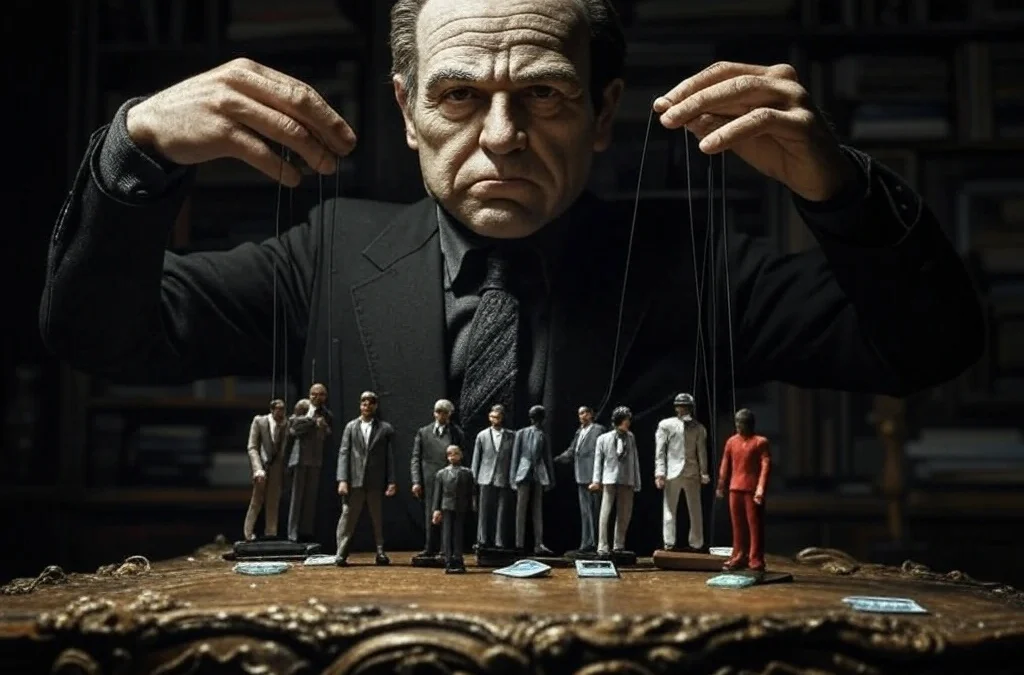
30 Cynicism Examples in Everyday Life & Definition
Cynicism is something most people have seen, heard, or even felt - but few stop to really think about what it means....

30 Ethical Dilemma Examples & Definition
Ethical dilemmas are not just topics for classrooms or philosophers. They happen to regular people every day - in...

100 Social Interaction Examples
In our increasingly digital world, the art of face-to-face social interaction remains essential for personal growth,...

100 Open-Ended Questions: Examples & Meaning
Open-ended questions are questions that invite explanation, opinion, or personal stories. Unlike yes-or-no questions,...
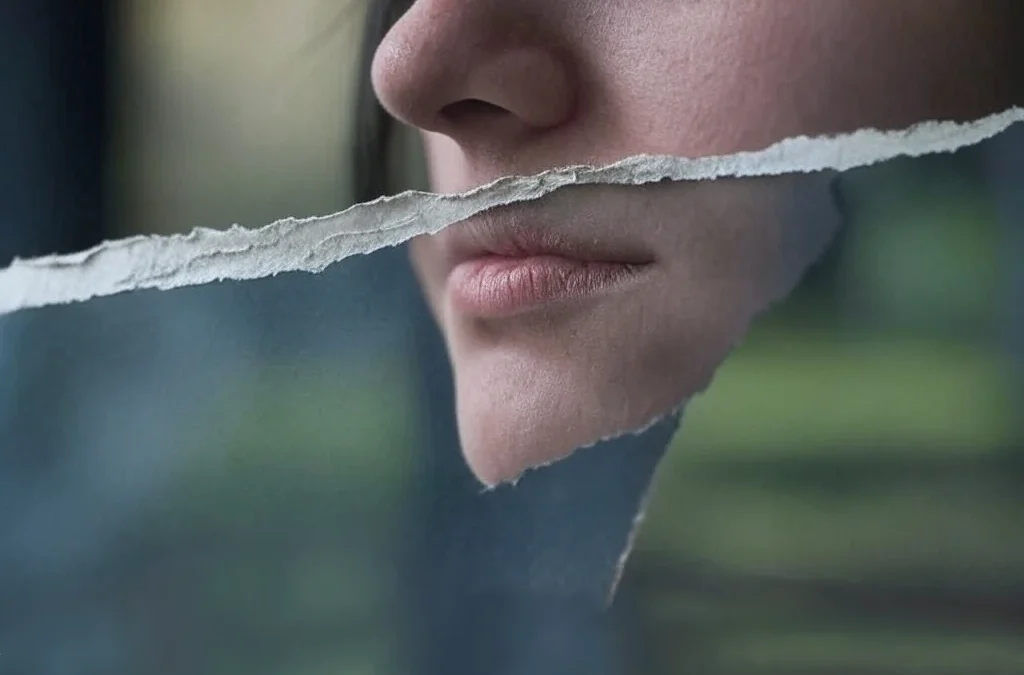
30 Regret Examples & What It Means
Regret is a common human emotion that almost everyone experiences at some point in their lives. It shapes our...
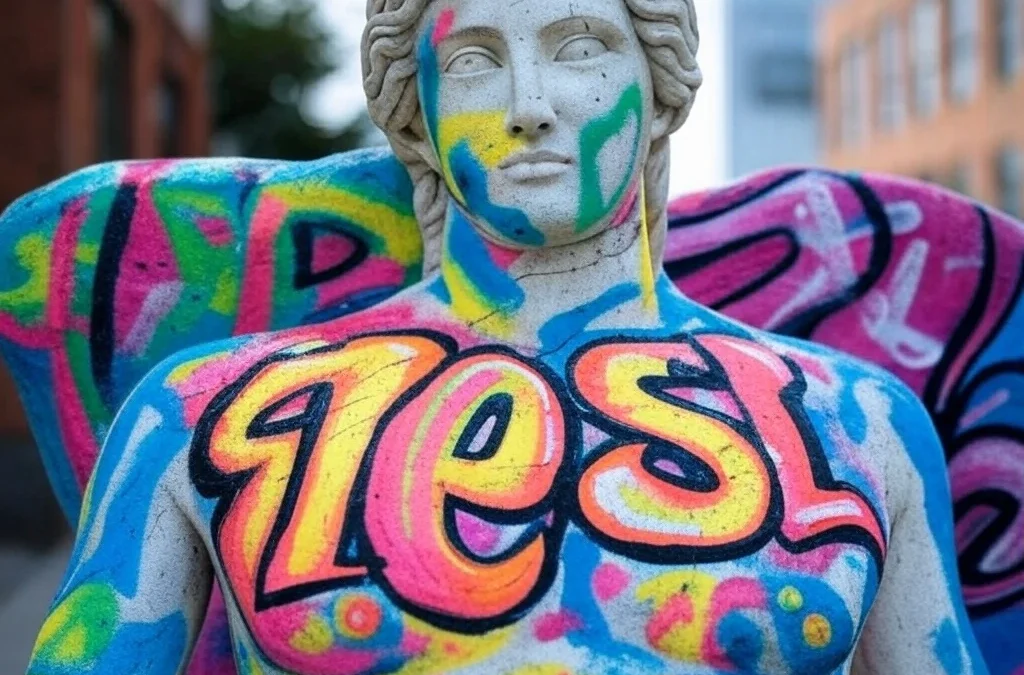
30 Transgression Examples & Definition
We all know what it feels like when someone “crosses the line.” Maybe they say something they shouldn't. Maybe they...
Get Inspired with BitGlint
The Latest
Hermaphroditus (Greek Mythology)
In Greek mythology, Hermaphroditus was born as the son of Hermes, the messenger god, and Aphrodite, the goddess of love and beauty. His name combines those of his parents—Hermes and Aphrodite. As the child of two Olympian deities, Hermaphroditus was extraordinarily...
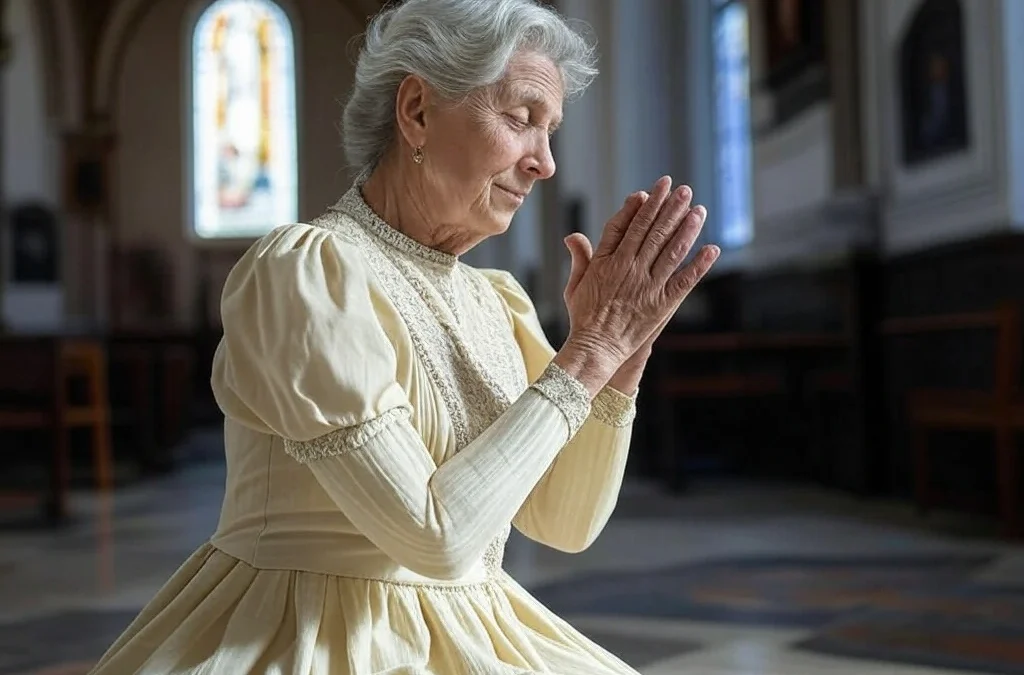
30 Obedience Examples & What It Really Means
Obedience is a part of everyday life, whether we notice it or not. From following traffic laws to listening to a parent or teacher, we all experience it in one way or another. But what does obedience really mean? Why do people obey — and when should they? In this...
50 Things That Are Smart
We all know someone who seems naturally clever. Maybe they pick up new skills quickly or always have the right answer. Being smart isn't just about book smarts or having a high IQ. It shows up in many forms - from problem-solving and adapting to new situations to...
Hollywood Symbolism: 30 Examples & Guide
Hollywood has always been more than just entertainment. Movies and TV shows are filled with deeper meanings, often hidden in plain sight. Filmmakers use symbolism to tell richer stories, creating layers of interpretation that stick with audiences long after the...

